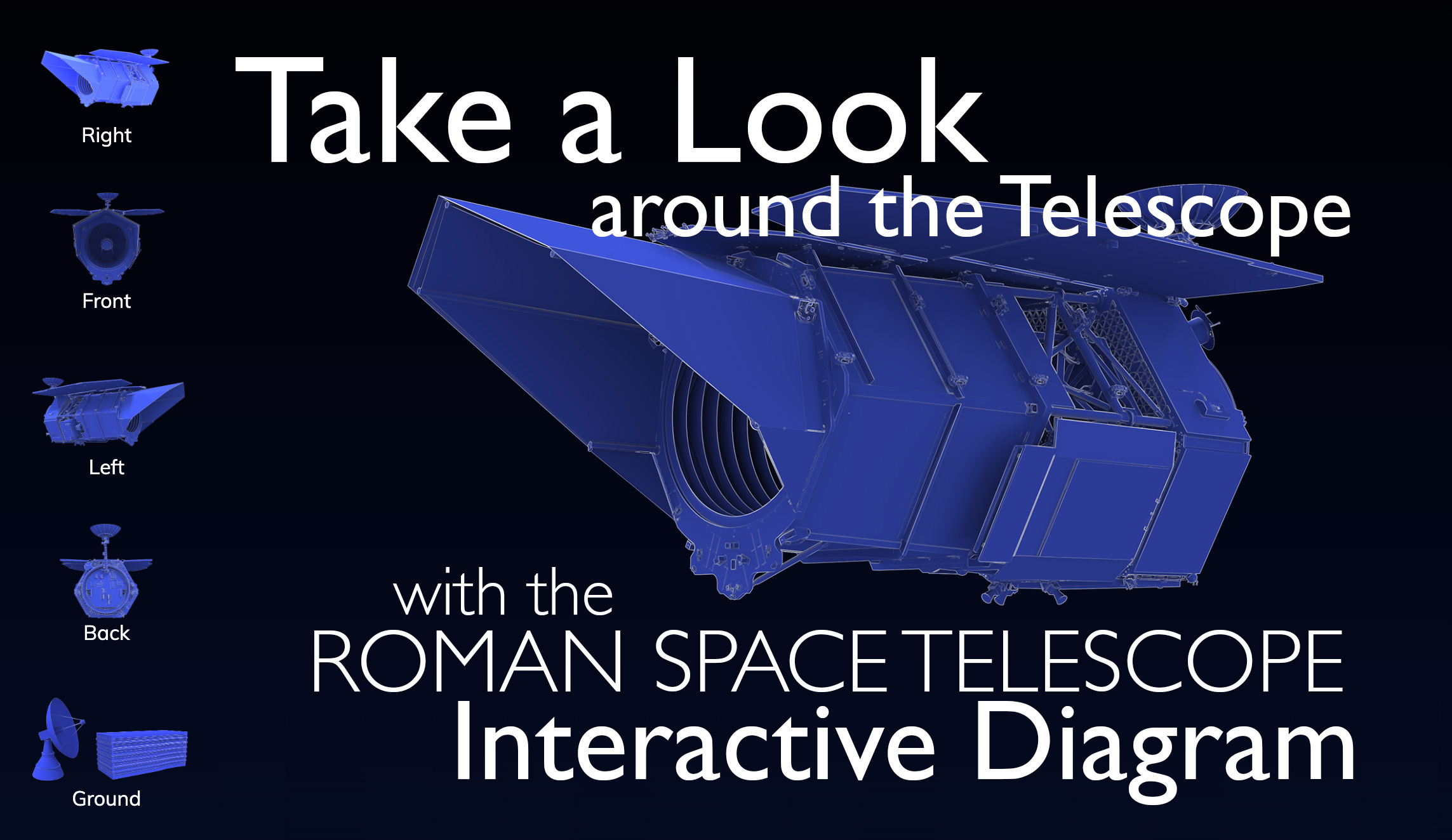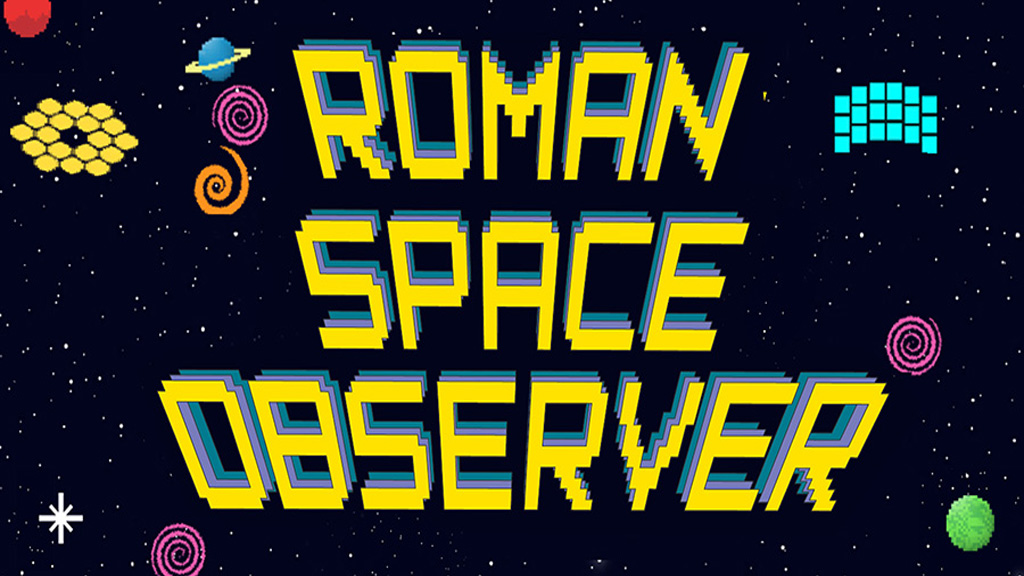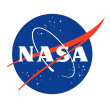Roman Core Community Survey Science Pitches
The Roman CCS science pitches were due February 17, 2023. This page provides a record of the intent and expected use of the science pitches. For more information, please see the summary of the submissions.
The primary goal of the Nancy Grace Roman Space Telescope is to maximize the scientific return from wide field near-infrared surveys. To this end, the Roman Space Telescope team has requested initial community input to be used to begin the community-led work of defining the observational strategies for Roman’s Core Community Surveys (CCSs) .
As one avenue for providing input, the Roman Mission is requesting, by February 17, 2023, short, one to two paragraph descriptions, or ‘pitches,’ describing science investigations that could be enabled by one of the Roman CCSs given an appropriate observational strategy within the boundaries set for meeting Roman’s cosmology and exoplanet demographics goals. Each pitch should briefly describe the science investigation, motivate its importance in addressing open questions in its field, and describe how the capabilities of a Roman CCS will uniquely enable the investigation.
The aim of the science pitches is to provide the Roman Mission, the CCS definition committees, which will be composed of community members and charged with defining the CCS observational strategies, and the astronomical community with a full picture of the breadth of science investigations the community wishes to perform with each CCS.
Along with the Roman CCS science pitch, respondents are requested to provide high-level input on the importance of various observational strategy choices (e.g. survey area, location, depth, and cadence) for the success of the science investigation by completing a short questionnaire. The questionnaire responses will provide the Roman Mission, the CCS definition committees, and the astronomical community with high level information on what aspects of survey design are most important for these investigations, and thereby inform the observational strategy space over which trades will be investigated and considered by the CCS definition committees.
The Roman Mission will choose one Roman CCS science pitch submission from a graduate student, one submission from a postdoc, and one submission from a junior staff scientist for a Roman Science Pitch Recognition. The winners will be invited to attend an upcoming Roman Core Community Survey workshop in late 2023 and present their science pitch idea, with travel expenses (for US winners) paid by the Roman project.
The second avenue for providing input will be via white papers, anticipated to be due in late spring 2023, containing more detailed descriptions of CCS science investigations and the observing strategies needed to enable them.
The Roman CCS science pitch submissions will be made generally available for other interested scientists, and an analysis of the questionnaire responses will be published, in late March 2023. This will enable collaborations of community members with similar science interests in composing more detailed white papers and inform the technical discussions of survey strategy in those white papers. All responses will be passed to the CCS definition committees. Science pitch and questionnaire responses are requested by February 17, 2023. Submit your science pitch here.
Resources
For specific questions related to a submission, email both help@stsci.edu and roman-help@ipac.caltech.edu, with subject line: “Roman question about community input for core survey definition.”











